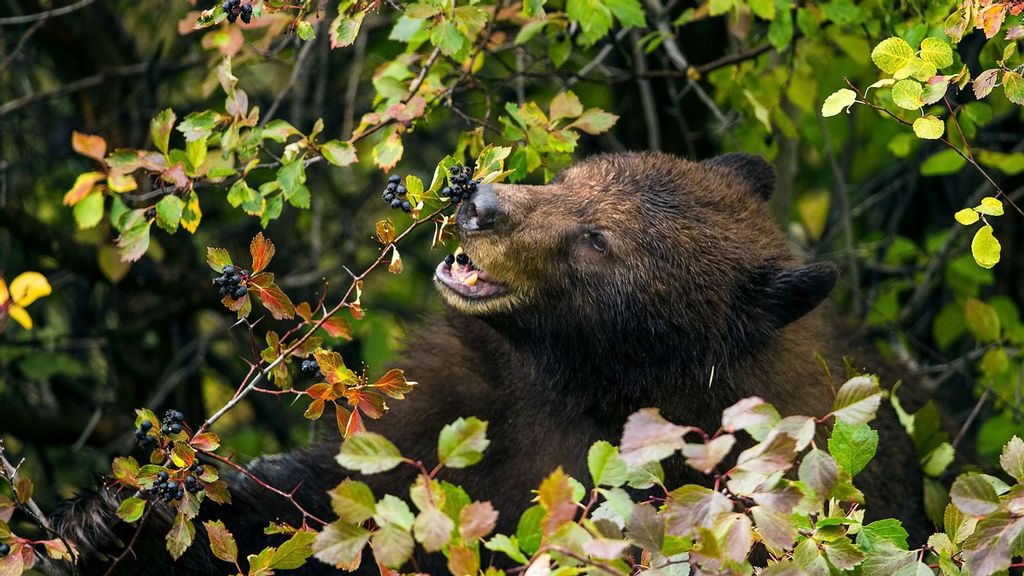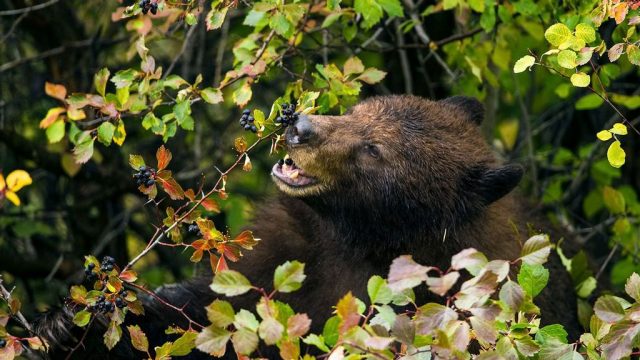
A loss of biodiversity among the birds and mammals that disperse seeds endangers plants necessary for human life, according to a new study.
Half of all plants rely on animals to spread their seeds. An international team of researchers determined the extent of plant dispersal has already been limited as seed-dispersing animals are lost to human-caused extinctions or range limitations.
In a study that appeared in the journal Science, the research team showed the spread of animal-dispersed plants has been “conservatively” reduced by 60 percent due to the loss of birds and mammals that aid plants in moving to locations with favorable conditions.
“Some plants live hundreds of years, and their only chance to move is during the short period when they’re a seed moving across the landscape,” said study co-author Evan Fricke of Rice University in Texas.

By using data from thousands of field studies, the researchers mapped the dispersal of seeds by birds and mammals across the world. They also compared maps showing current areas of dispersal with what that would be without animal extinctions or restrictions to their range.
To survive a changing climate, plant species must extend their range into more suitable environments, researchers said. But that could be hard with too few animals to help.
“If there are no animals available to eat their fruits or carry away their nuts, animal-dispersed plants aren’t moving very far,” Fricke said. Many of these plants are familiar and necessary to human beings, he said.
Fricke said the study is the first to quantify the scale of the problem and to identify the regions most affected worldwide. Using the field data with a machine-learning model, the authors estimated the effect on seed dispersal caused by the decline in the animals.
By using data on species’ interactions gleaned from more than 400 field studies, Fricke and colleagues predicted the interactions between plants and animals. The researchers also used data from thousands of other studies to determine how many seeds certain birds and animals spread, how far the seeds are dispersed and their rate of germination.
“For example, when an animal eats a fruit, it might destroy the seeds or it might disperse them a few meters away or several kilometers away,” Fricke said.

Seed-dispersal declines were especially acute in temperate regions of Australia, Europe and the Americas, where seed-dispersing animals are challenged. But tropical regions in Africa, Southeast Asia and South America would be the most affected if endangered species become extinct, the researchers say.
“We found regions where climate-tracking seed dispersal declined by 95 percent, even though they’d lost only a few percent of their mammal and bird species,” Fricke said.
“Large mammals and birds are particularly important as long-distance seed dispersers and have been widely lost from natural ecosystems,” said co-author Jens-Christian Svenning, an ecologist at Aarhus University.
“When we lose mammals and birds from ecosystems, we don’t just lose species. Extinction and habitat loss damage complex ecological networks. This study shows animal declines can disrupt ecological networks in ways that threaten the climate resilience of entire ecosystems that people rely upon,” Fricke said.
”Restoring ecosystems may counteract some decline of seed dispersal,” Fricke said, adding that biodiversity among seed-dispersing animals is essential to the survival of plants that store carbon and feed people.
Edited by Richard Pretorius and Kristen Butler
Recommended from our partners
The post The Animals That Disperse Seeds Are Disappearing, Spelling Trouble For Vital Plants appeared first on Zenger News.




